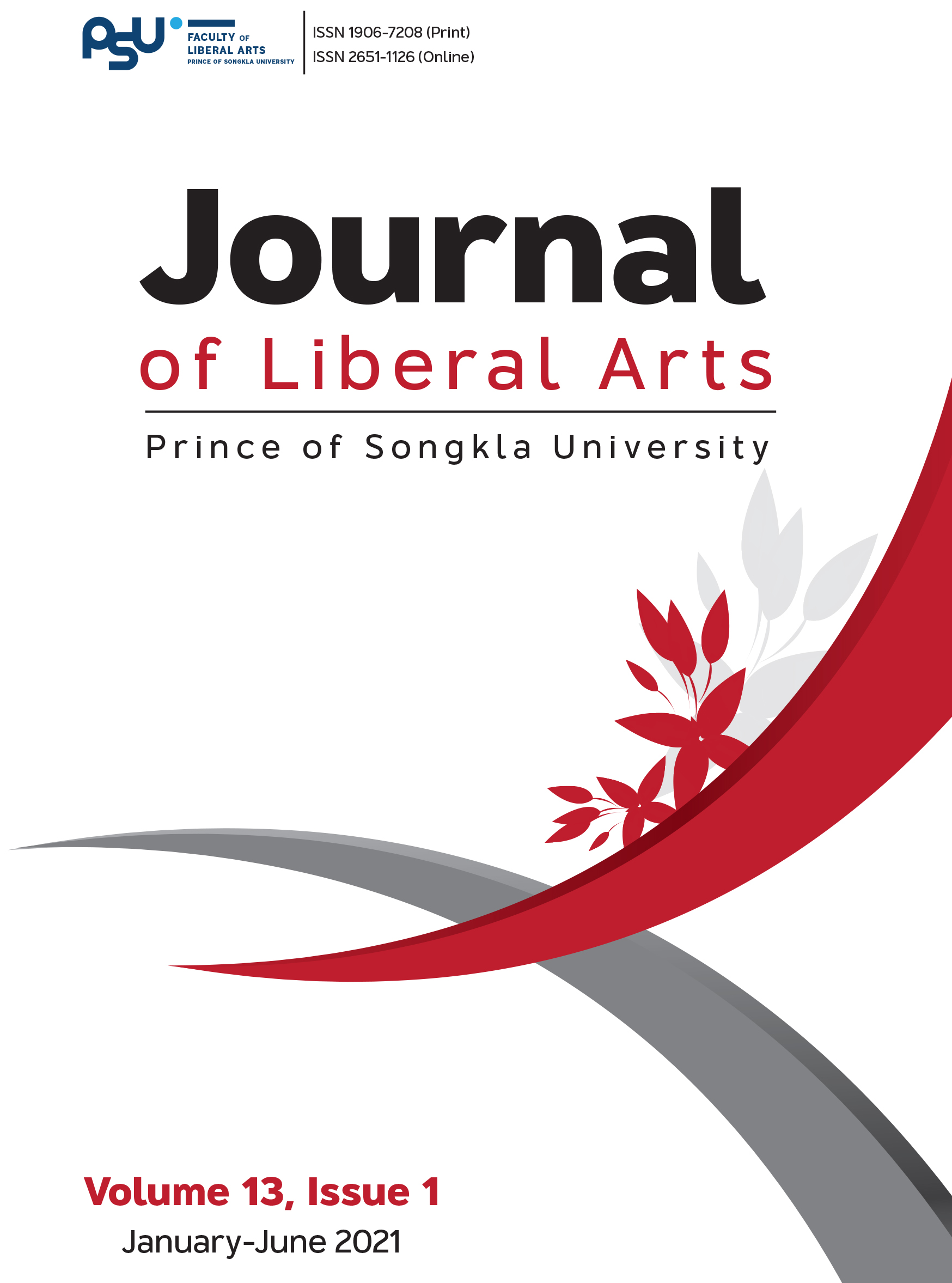Competency Analysis of Communicative Thai Language Usage of Students in a Work-Integrated Learning Program
Keywords:
competency, curriculum integration, use of Thai language for communication, Work-integrated Learning (WIL)Abstract
This research aimed to analyze students’ competency of communicative Thai language use in the Work-Integrated Learning (WIL) program in the Diploma of the Industrial Technology at Rajamangala University of Technology Lanna. The research was conducted with both quantitative and qualitative methods. Related concepts and theories are studied through the synthesis of current documents and research works. Data were collected with questionnaires and interviews based on concepts of the Thailand Professional Qualification Institute (Public Organization) and Thai Language Proficiency Level of the Sirindhorn Thai Language Institute, Chulalongkorn University. The results of the research were that the listening competency of students was at a good level while speaking, writing and reading competencies were at a medium level. The three lowest competency skills were: 1) the reading comprehension for the main idea and concept summary of not very complex stories from both intensive and extensive reading in their field of study, 2) correct alphabet pronunciation with clear sound and natural way of speaking, and 3) writing with precise language, appropriate to the purposes, progressive order and sequences in expressing their ideas, including words choices and correctly arranged sentences. The research recommended that teachers should provide teaching and learning preparation to help students develop communication competencies. This should be done by integrating them into the context of the working area so that students adjust and apply them appropriately to their job in the workplace. This would lead to the achievement of the objectives of the program in building students’ potential skills to meet the needs of the labor market.
References
Kanchanapiboon, K., & Phoemphian, T. (2016). Practical guidelines on Work-Integrated Learning according to the desirable characteristics of the students in Bachelor’s Degree of Business Administration and the enterprises’needs. Panyapiwat Journal, 8 (3), 165-177. https://so05.tci- thaijo.org/index.php /pimjournal /article/view/73255/58972. [in Thai]
Khumting, T., Sangkhaphanthano, T., & Rodsap, N. (2020). The status of research in Thai language conditions and problems of usage. Journal of Liberal Arts, Ubon Ratchathani University, 16 (1), 71-97. https://so03.tci- thaijo.org/index.php/jla_ubu/article/view/241854. [in Thai]
Ruck, K., & Welch, M. (2012). Valuing internal communication; manage- ment and employee perspectives. Public Relations Review, 38 (2),294-302. https://www.sciencedirect.com/science/article/abs/pii/
S0363811111002116
Saengin, T. (2019). Language strategies used for online news headlines. Journal of the Faculty of Arts, Silpakorn University, 41(2), 170-186. https://so04.tci-thaijo.org/ index.php/jasu/article/view/22875
[in Thai]
Saengphakdeejit, R. (2016). Strategies of Thai undergraduates for dealing with oral communication problems. The Journal of Liberal Arts, Prince of Songkla University, 8(2), 78- 103. https:// so03.tcithaijo .org/index.php/journal- la/article/view/93403/73162. [in Thai]
The National Science, Technology and Innovation Policy Office. (2018). Student Manual High Vocational Certificate in Factory School Project (STI-WIL). http://www.sti.or.th/sti/wil.php. [in Thai]
The Sirindhorn Thai Language Institute, Chulalongkorn University. (n.d.). Level description performance with CU-TPT. http://www.sti.chula.ac.th. [in Thai]
The Thailand Professional Qualification Institute (Public Organization). (n.d.). Thai usage for communication in daily life. https://tpqi-net.tpqi.go.th/tpqi_sa/index.php?page=ShowUOC.php&UocId=34462&OCC=IED. [in Thai]
Downloads
Published
How to Cite
Issue
Section
License
The authors retain the copyright to their article but the Journal of Liberal Arts, Prince of Songkla University reserves the exclusive rights to first publication.






